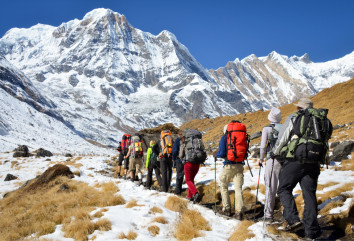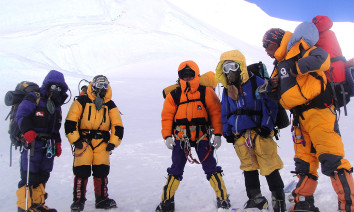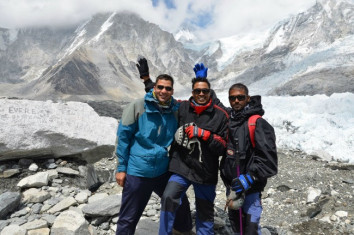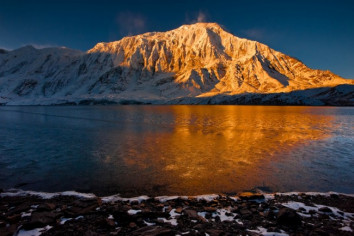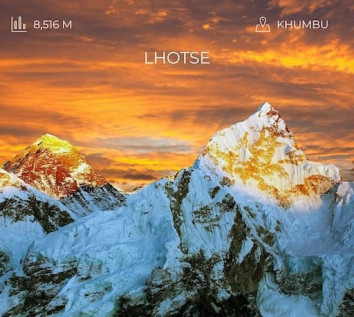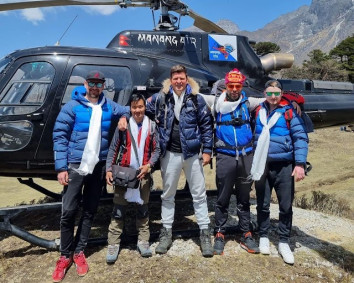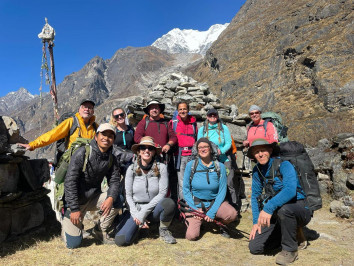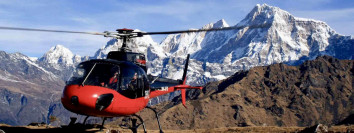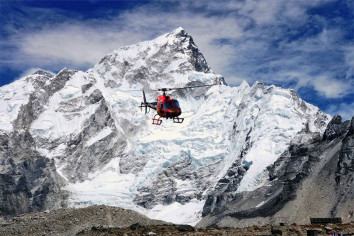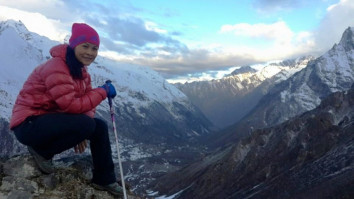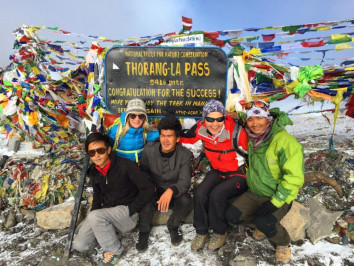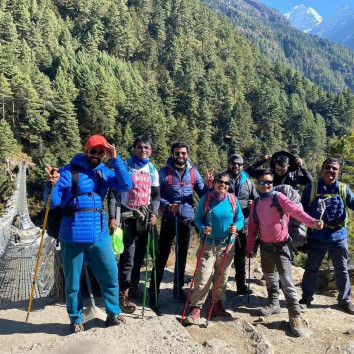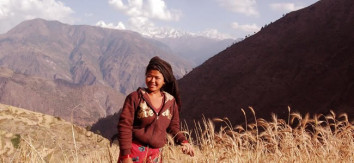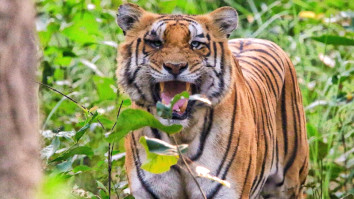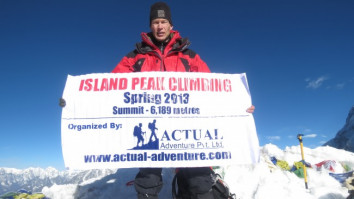7th Nov, 2023
How does the lack of oxygen affect the climber’s ability to successfully climb the mountain?
The lack of oxygen at high altitudes significantly affects a climber's ability to successfully ascend a mountain. This condition is known as hypoxia, and it occurs due to the decrease in atmospheric pressure and the lower concentration of oxygen molecules at higher elevations. The key ways in which oxygen deficiency impacts climbers are as follows:
Table of Contents
Reduced Oxygen Supply to Body Tissues
As you ascend to higher altitudes, the partial pressure of oxygen in the atmosphere decreases, making it harder for your lungs to extract enough oxygen from the thin air. This results in less oxygen being transported to the body's tissues and organs, including muscles and the brain.
Impaired Physical Performance
With reduced oxygen levels, climbers may experience fatigue more quickly, and their physical performance can be severely compromised. This affects their strength, endurance, and overall ability to hike, climb, or perform other physical tasks required for mountaineering.
Cognitive Impairment
Hypoxia can lead to cognitive impairment, including impaired judgment, decision-making, and problem-solving. Climbers may become disoriented, experience memory lapses, and have difficulty concentrating, all of which can be dangerous in a mountain environment.
Acute Mountain Sickness (AMS)
Acute Mountain Sickness is a common ailment at high altitudes, characterized by symptoms such as headache, nausea, dizziness, and shortness of breath. AMS can range from mild to severe and can make it challenging for climbers to continue their ascent.
High-Altitude Pulmonary Edema (HAPE) and High-Altitude Cerebral Edema (HACE):
In more severe cases, climbers may develop HAPE or HACE, both of which are life-threatening conditions. HAPE involves the accumulation of fluid in the lungs, leading to severe breathing difficulties, while HACE results from brain swelling and can cause disorientation, loss of consciousness, and death.
Slower Progress and Increased Fatigue
Climbing at high altitudes becomes much slower and more energy-intensive due to the effects of hypoxia. Climbers must take more frequent breaks, which can lead to longer ascent times and increased exposure to adverse weather conditions.
To mitigate the effects of hypoxia, climbers often use supplemental oxygen when ascending extremely high peaks, such as in the case of high-altitude expeditions. Additionally, they may acclimatize by gradually ascending to higher altitudes over several days to allow their bodies to adapt to the lower oxygen levels. Proper training, physical fitness, and the use of appropriate mountaineering gear can also help climbers cope with the challenges of reduced oxygen levels at high altitudes.
What is lack of oxygen mountain climbing?
The "lack of oxygen" in mountain climbing refers to the condition known as hypoxia, which occurs at higher altitudes due to a decrease in atmospheric pressure and the subsequent reduction in the concentration of oxygen molecules in the air. When climbers ascend to higher elevations, they are exposed to lower partial pressures of oxygen, which can have significant physiological effects on their bodies.
Hypoxia can impact climbers in several ways:
Reduced Oxygen Saturation: At higher altitudes, there is less oxygen available for the lungs to extract from the air, leading to a drop in oxygen saturation in the blood. This can result in lower oxygen levels in the body's tissues and organs.
Impaired Physical Performance: The reduction in oxygen levels can lead to fatigue, decreased endurance, and weakened muscle function. Climbers may find it more challenging to exert themselves physically and may tire more quickly.
Cognitive Impairment: Hypoxia can affect cognitive function, leading to symptoms like confusion, disorientation, impaired judgment, memory lapses, and difficulty concentrating. These cognitive impairments can be particularly dangerous in a mountain environment where sound decision-making is crucial.
Acute Mountain Sickness (AMS): AMS is a common condition at high altitudes, often marked by symptoms such as headache, nausea, dizziness, and shortness of breath. While typically mild, AMS can become severe and interfere with a climber's ability to continue their ascent.
More Severe Altitude Sickness: In severe cases, climbers may experience conditions like High-Altitude Pulmonary Edema (HAPE) and High-Altitude Cerebral Edema (HACE). HAPE involves the accumulation of fluid in the lungs, leading to severe breathing difficulties. HACE is characterized by brain swelling and can result in disorientation, loss of consciousness, and even death if not treated promptly.
To mitigate the effects of hypoxia, climbers often use supplemental oxygen on extremely high peaks, such as in the case of high-altitude expeditions. They may also acclimatize by gradually ascending to higher altitudes over several days to allow their bodies to adapt to the lower oxygen levels. Proper training, physical fitness, and the use of appropriate mountaineering gear are essential for managing the challenges posed by reduced oxygen levels at high altitudes.
Best Selling Trips Nepal, Tibet And Bhutan
Actual Adventure offer more then 50 special holidays package in Nepal, Tibet, Bhutan and India, including Trekking, tour, biking and climbing. from 1 week to 3 weeks holidays with reasonable. you can think for Annapurna Base Camp Trekking, Manaslu circuit Trek, Tsum Valley Trek, and Everest Base Camp Trekking, which are equally worthy to carry out Nepal Trekking and Hiking during your Nepal to visit lets Book your Adventure with us Everest Base Camp Trek, Annapurna Base Camp Trek, Langtang Valley Trek, Langtang Gosainkunda Trek, Manaslu Circuit Trekking Peak climbing and Expedition above 8000m or Any 3 country tour in Himalayas for culture, pilgrimage or explore view Explore the most sought-after Buddhist pilgrimage packages in Asia featuring enchanting destinations in Nepal, Tibet, and Bhutan
Recent Posts
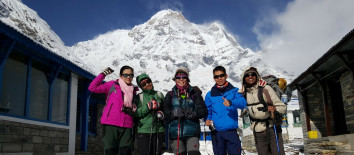
23rd Jan, 2017
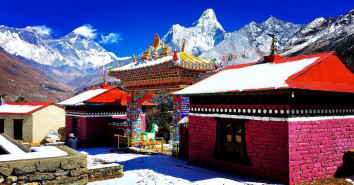
12th Jan, 2014
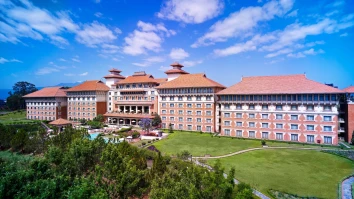
24th Apr, 2017
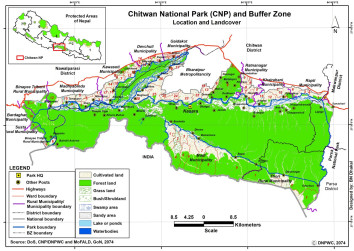
3rd Apr, 2014

3rd Jun, 2017
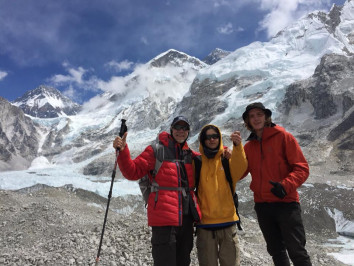
20th Jan, 2017
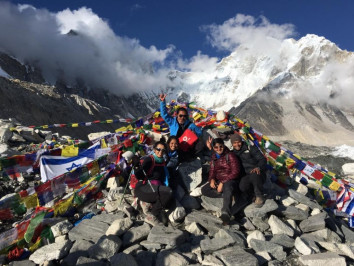
16th Jan, 2017
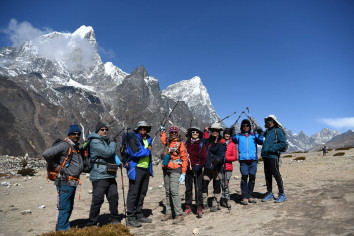
12th Jul, 2015

9th Apr, 2019
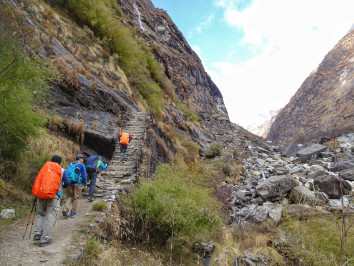
9th Jan, 2014
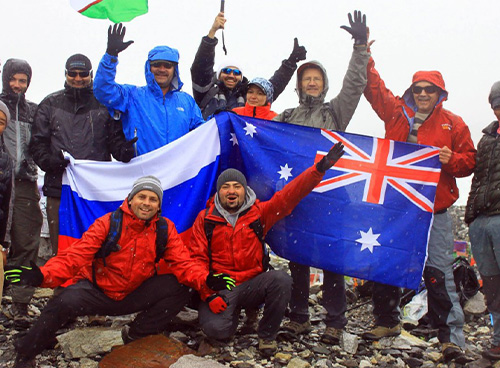
4th Apr, 2019

2nd Jan, 2014

2nd Apr, 2019

2nd Jan, 2014
-1.jpg)
30th Jan, 2017
-1.jpg)
4th Oct, 2018

16th Oct, 2018
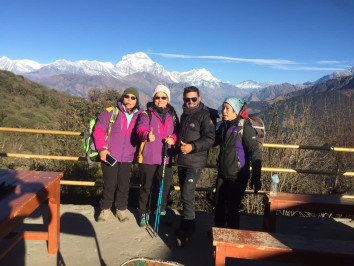
9th Oct, 2018
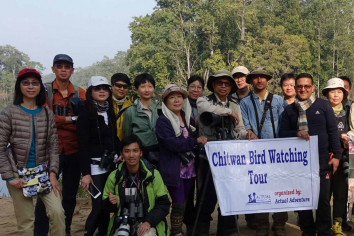
24th Jan, 2016
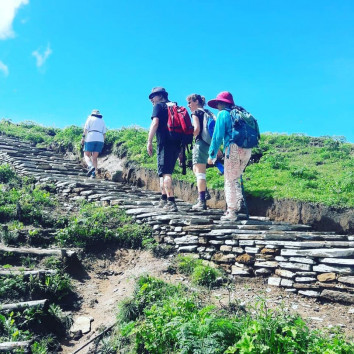
4th Oct, 2018
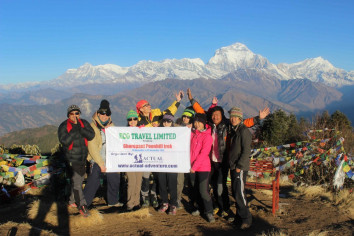
24th Aug, 2022

8th Sep, 2022

15th Sep, 2022
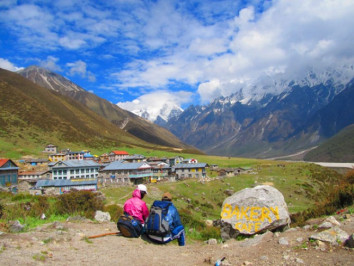
3rd Mar, 2023
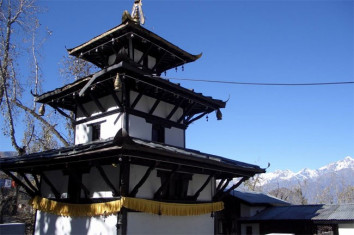
7th Mar, 2023
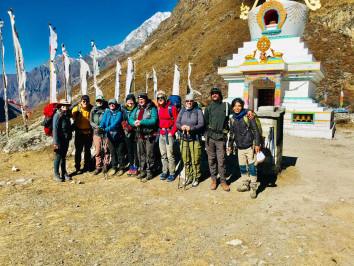
27th Mar, 2023

5th Apr, 2023

12th Apr, 2023
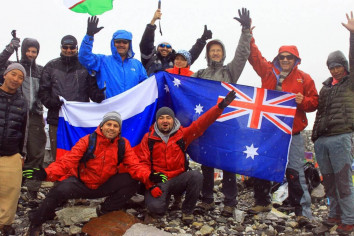
21st Apr, 2023
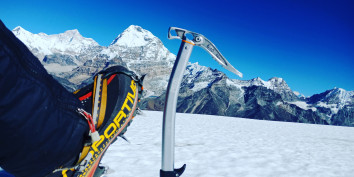
24th Apr, 2023
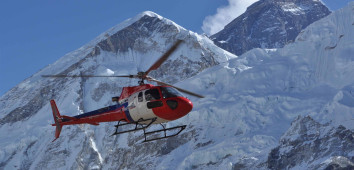
27th Apr, 2023
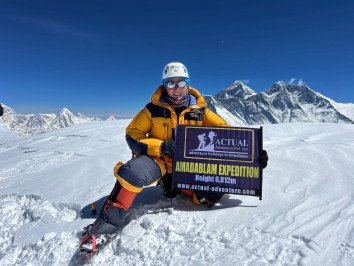
1st May, 2023
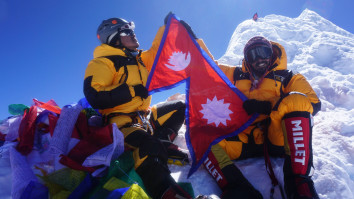
1st May, 2023
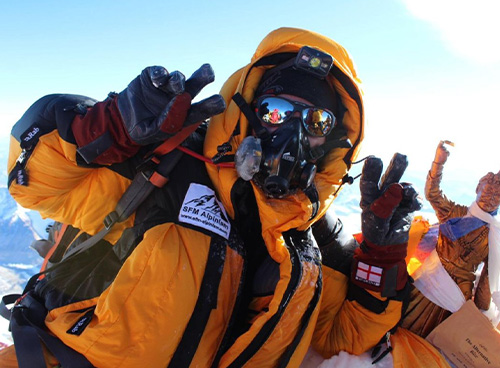
3rd May, 2023
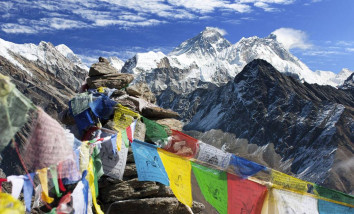
18th May, 2023

19th May, 2023
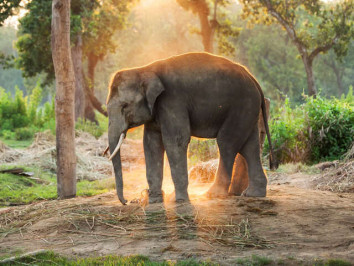
16th Jul, 2023

16th Jul, 2023
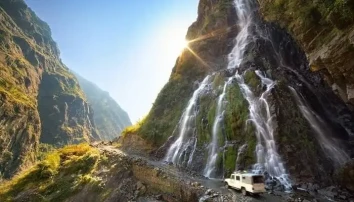
16th Jul, 2023
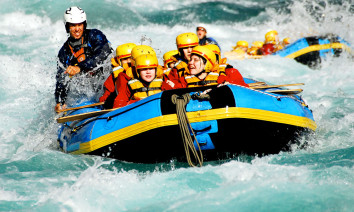
16th Jul, 2023
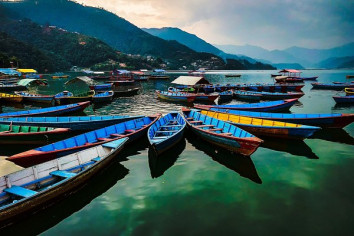
17th Jul, 2023

17th Jul, 2023

17th Jul, 2023

17th Jul, 2023

17th Jul, 2023
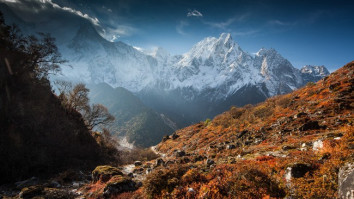
17th Jul, 2023

17th Jul, 2023

20th Jul, 2023
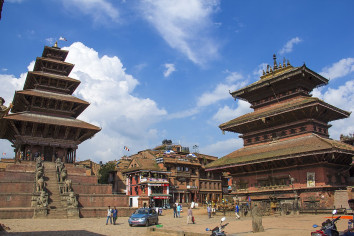
21st Jul, 2023

27th Jul, 2023
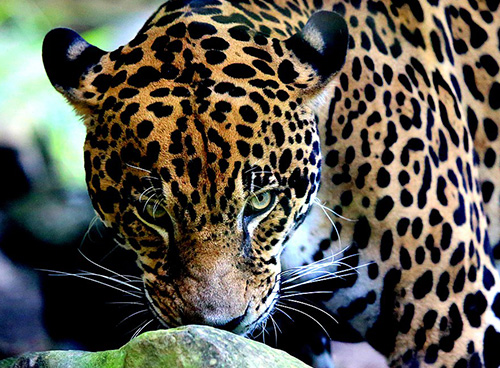
30th Jul, 2023
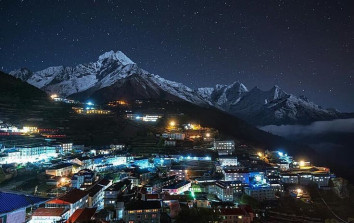
30th Jul, 2023
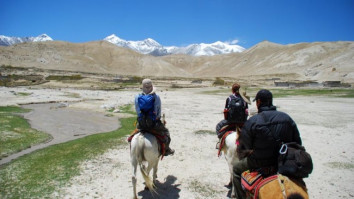
21st Aug, 2023

22nd Aug, 2023
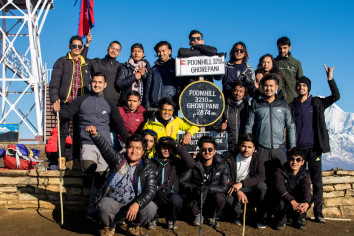
28th Aug, 2023
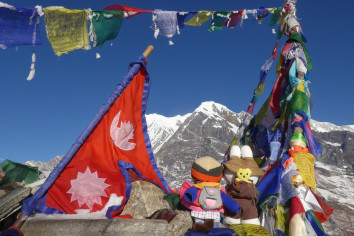
6th Oct, 2023

5th Nov, 2023

7th Nov, 2023

19th Nov, 2023
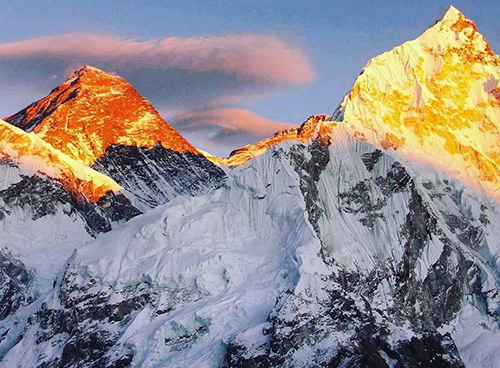
25th Nov, 2023

1st Dec, 2023
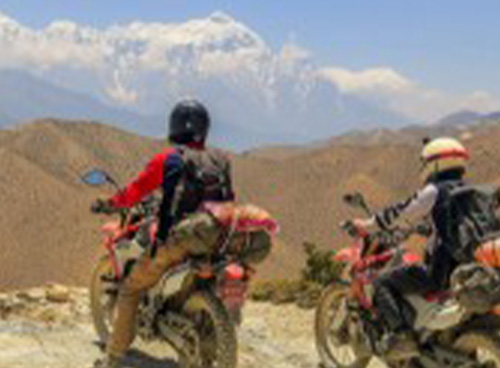
3rd Dec, 2023

13th Dec, 2023
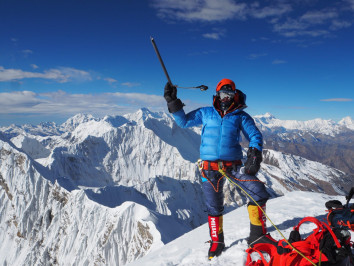
13th Dec, 2023

13th Dec, 2023

21st Dec, 2023
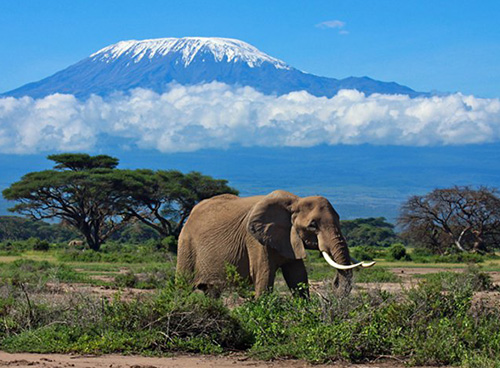
21st Dec, 2023
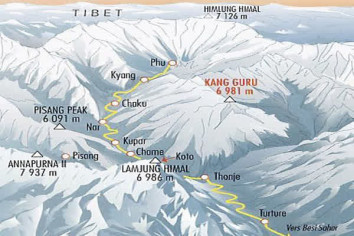
23rd Dec, 2023
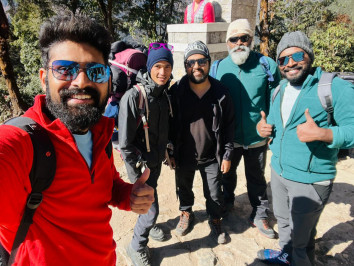
25th Dec, 2023

25th Dec, 2023

31st Dec, 2023
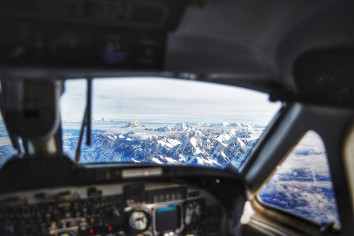
31st Dec, 2023
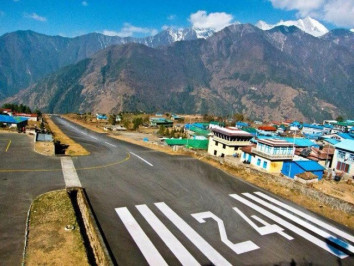
31st Dec, 2023
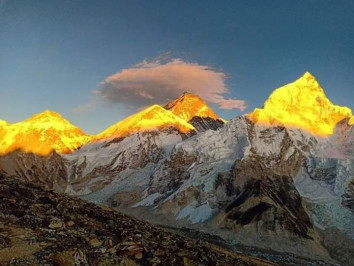
1st Jan, 2024
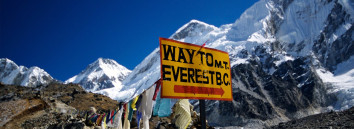
2nd Jan, 2024

2nd Jan, 2024
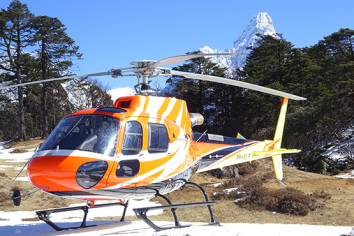
2nd Jan, 2024
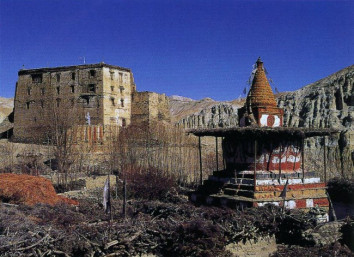
3rd Jan, 2024
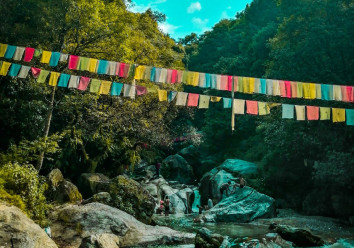
4th Jan, 2024

4th Jan, 2024
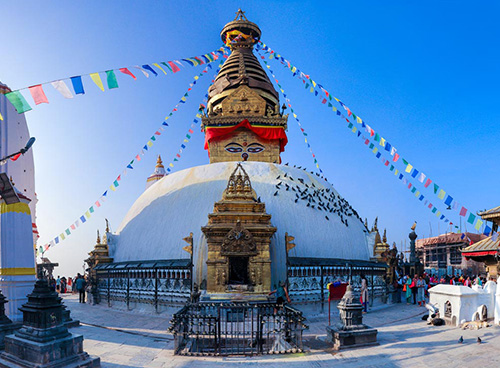
4th Jan, 2024
.jpg)
4th Jan, 2024

4th Jan, 2024

4th Jan, 2024

5th Jan, 2024
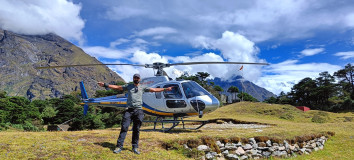
6th Jan, 2024
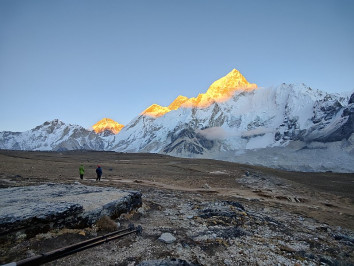
6th Jan, 2024
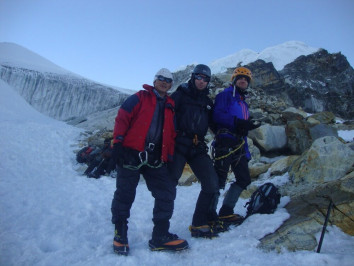
9th Jan, 2024
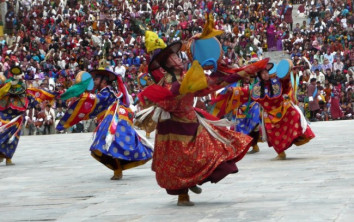
10th Jan, 2024

10th Jan, 2024

10th Jan, 2024
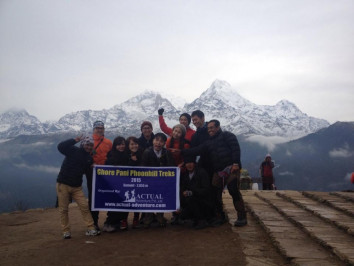
10th Jan, 2024

11th Jan, 2024
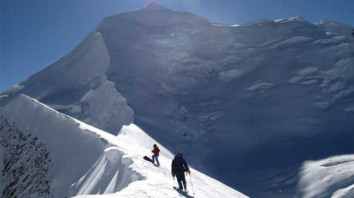
11th Jan, 2024

12th Jan, 2024

12th Jan, 2024
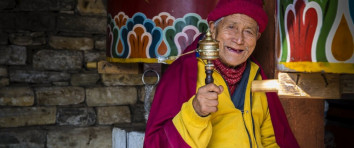
13th Jan, 2024
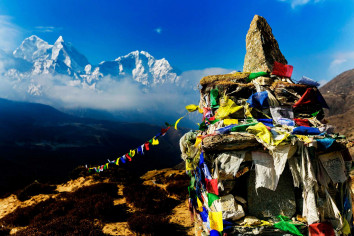
14th Jan, 2024
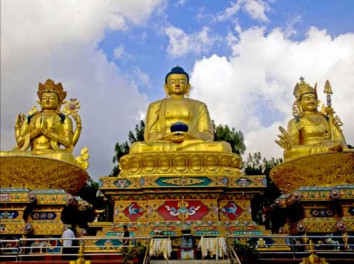
14th Jan, 2024

15th Jan, 2024
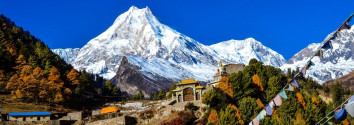
15th Jan, 2024
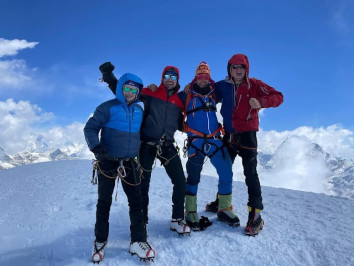
15th Jan, 2024
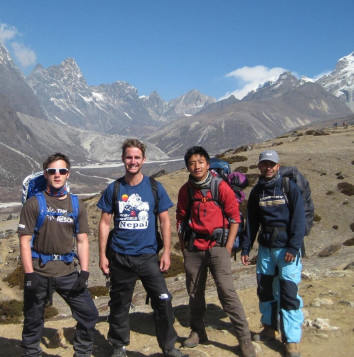
16th Jan, 2024
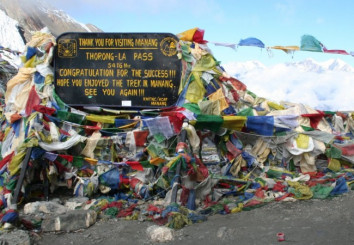
16th Jan, 2024
.jpg)
16th Jan, 2024
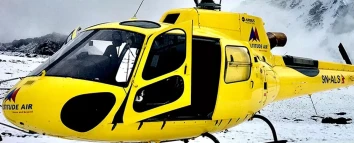
16th Jan, 2024
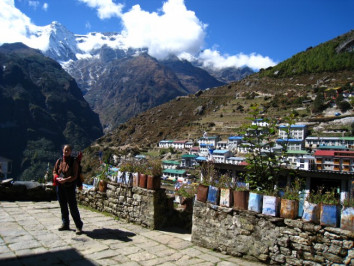
18th Jan, 2024
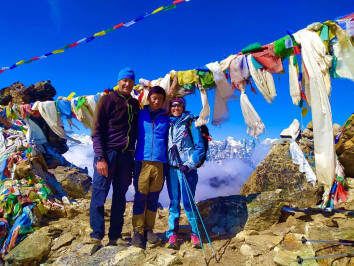
24th Jan, 2024
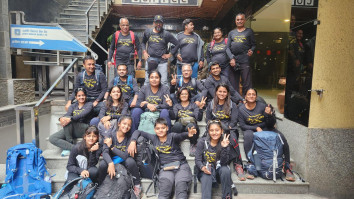
26th Jan, 2024
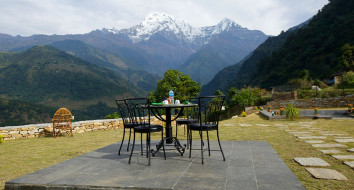
28th Jan, 2024
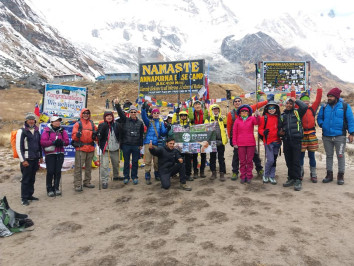
28th Jan, 2024
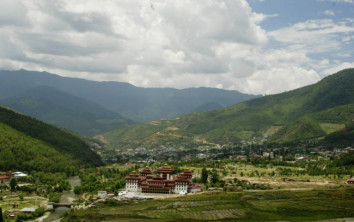
30th Jan, 2024
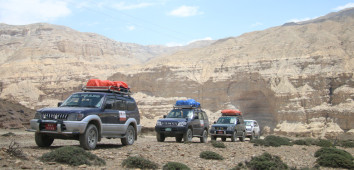
30th Jan, 2024
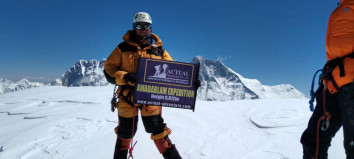
2nd Feb, 2024

2nd Feb, 2024

2nd Feb, 2024
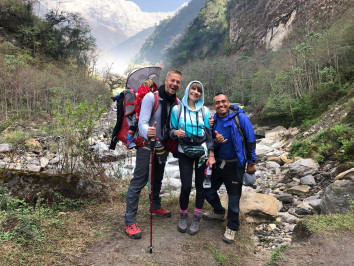
3rd Feb, 2024
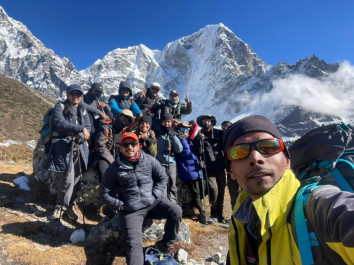
4th Feb, 2024

8th Feb, 2024
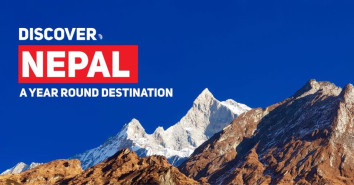
9th Feb, 2024

10th Feb, 2024
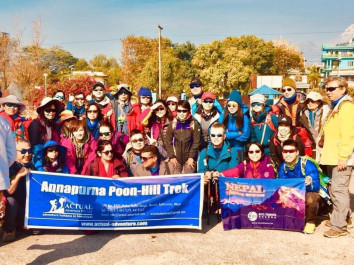
10th Feb, 2024

11th Feb, 2024

12th Feb, 2024

12th Feb, 2024
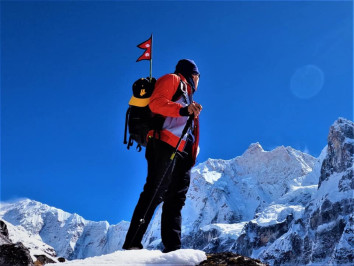
13th Feb, 2024
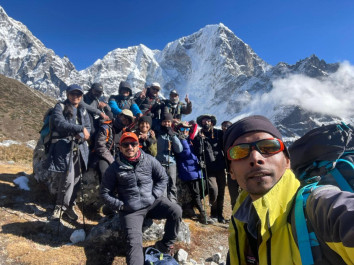
13th Feb, 2024
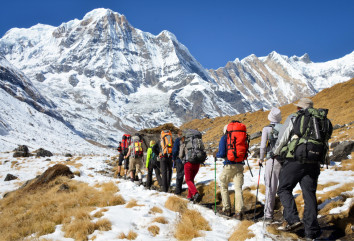
16th Feb, 2024
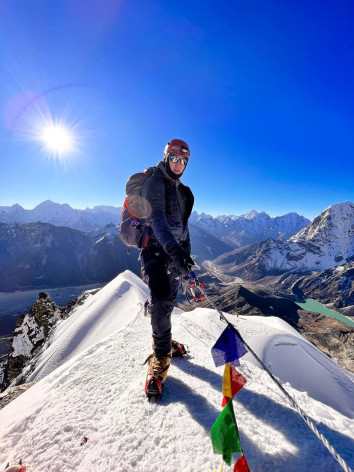
18th Feb, 2024

20th Feb, 2024
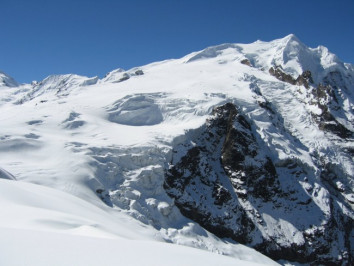
21st Feb, 2024
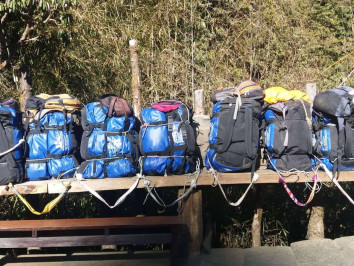
21st Feb, 2024

27th Feb, 2024
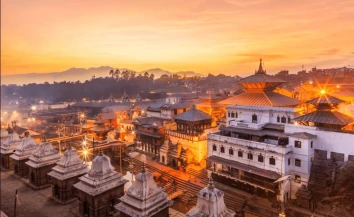
3rd Mar, 2024
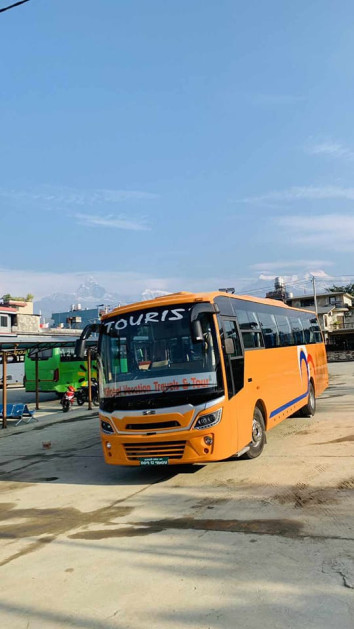
3rd Mar, 2024
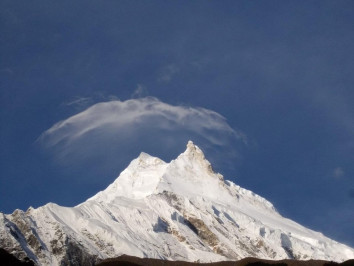
4th Mar, 2024
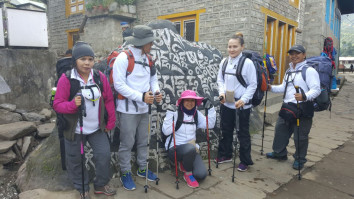
5th Mar, 2024
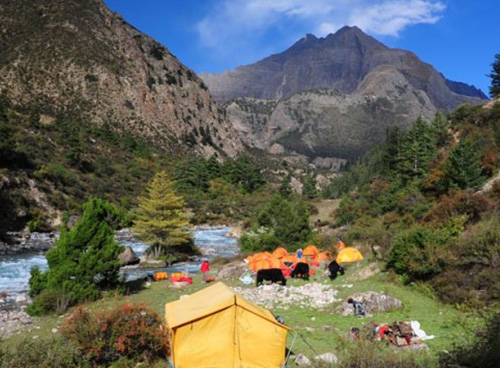
5th Mar, 2024

10th Mar, 2024

10th Mar, 2024

10th Mar, 2024
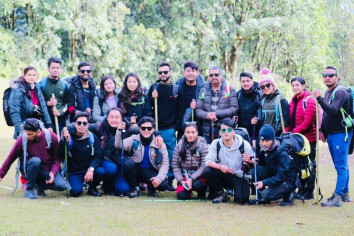
11th Mar, 2024

13th Mar, 2024

13th Mar, 2024
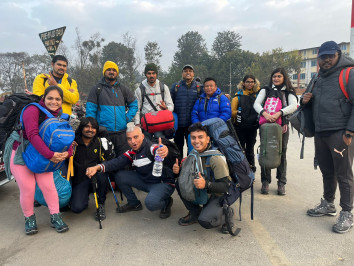
19th Mar, 2024
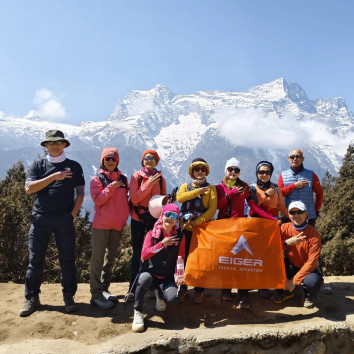
22nd Mar, 2024

26th Mar, 2024
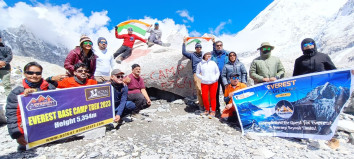
27th Mar, 2024

27th Mar, 2024
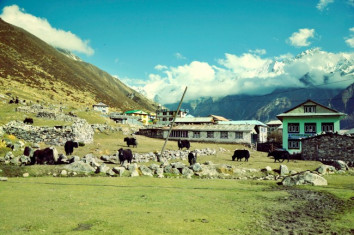
27th Mar, 2024
-1624864292-1.jpg)
28th Mar, 2024
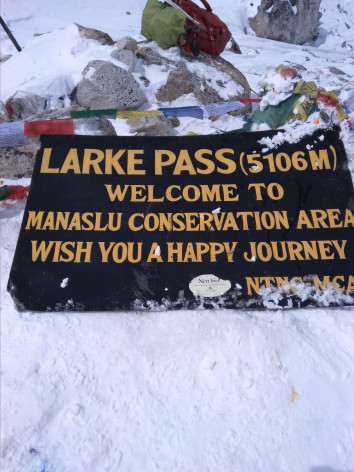
2nd Apr, 2024

2nd Apr, 2024

4th Apr, 2024
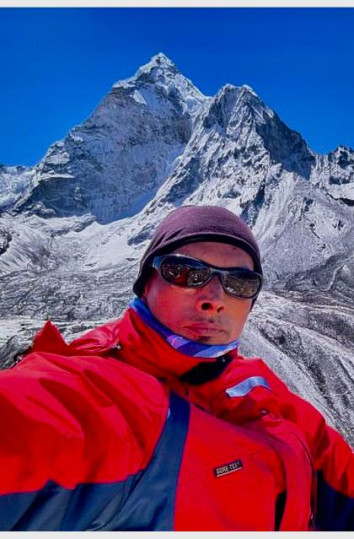
12th Apr, 2024
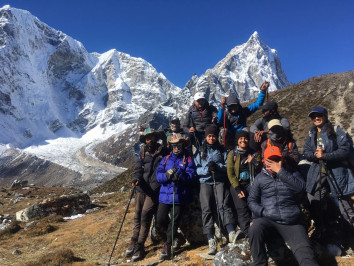



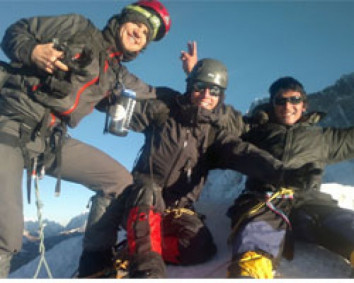
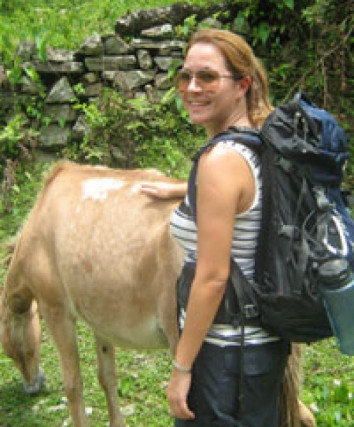
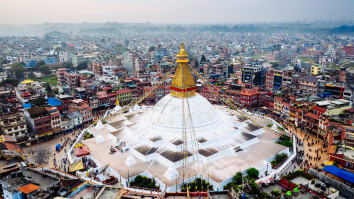


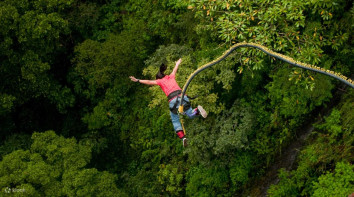
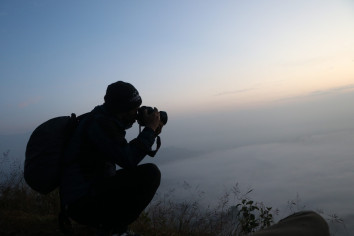
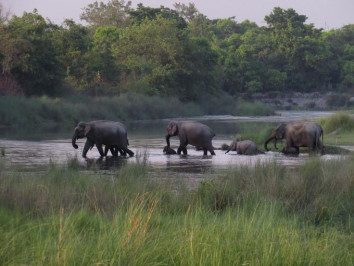
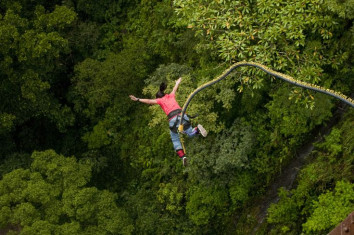
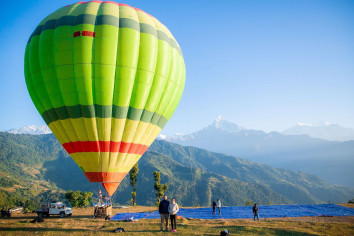


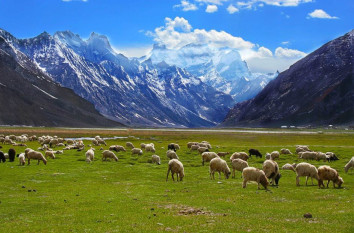



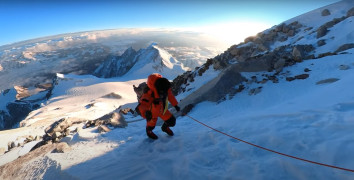
.jpg)

